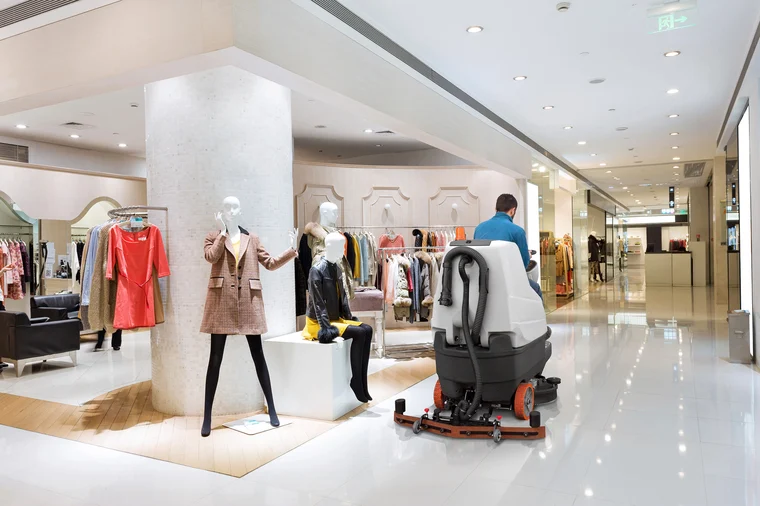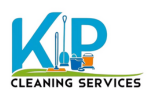Shopping Mall Cleaning
Shopping centers are active places that attract millions of people daily. Since shopping malls have many areas that are exposed to numerous feet, and encompass a broad range of different types of space – commercial shops, fast foods, entertainment centers, among others, it can be greatly difficult to maintain hygiene. A clean and well-taken care mall goes along way in improving the shopping experiences of the customers, tenants and employees as well as product recall. A clean environment is not something that one should underestimate; that is why it is necessary to use professional services for cleaning the shopping malls.
The Importance of Cleaning the Shopping Mall

Why cleanliness is important in a shopping mall has been discussed below. First and foremost, it affects the first party most of which is the customer. Consumers are more likely to engage their time and revisit a mall that is well sanitized, hygienically done and aesthetically appealing. Also, adherence to cleanliness reduces the transmission of these germs and bacteria mostly at areas frequently used such as escalators, elevators and food courts.
Cohesion for operations within the mall, a clean surroundings is optimistic to their brand and acts as a call to customers. With shining windows of various stores and clean restrooms, even corners of the mall are complementary and fun. In addition, frequent cleaning helps to increase the durability of the facilities, and therefore, decrease eventual repair and replacement expenses.
Major domains of shopping mall cleaning
- Entrances and Exits:
The doors of a shopping mall are the areas of the initial and final impression on the guests of the shopping center. These areas must be clean from dirt, debris or litter so as to give positive impression as required. - Food Courts and Dining Areas:
Food courts are places that are vulnerable to spills, debris from food and even bacteria. It comes as no great surprise that tables, chairs, and floors should be cleaned daily to avoid the accumulation of dirt and germs and to discourage pest infestations. - Restrooms:
Every shopping mall takes a pride on having clean restrooms that have been well sanitized. And hygiene includes disinfection at least once a day, restocking of essential supplies and the removal of any bad smells. - Retail Stores:
Each store needs to have clean and inviting environment inside the store. Floors, windows, and trading spaces should be washed commonly to appeal the shoppers. - Escalators and Elevators:
These are some of the high touch point areas that need extra cleaning for instance hand rails, lifts buttons and steps on the moving escalators. - Common Areas and Seating Zones:
The floors, walls, doors, ceilings and passages, corridors, and the sitting areas must be cleaned regularly to provide a comfortable shopping environment for shoppers.
Advantages of Professional Shopping Mall Cleaning
Outsourcing the services of cleaning the shopping malls has the following benefits. For this reason, professional cleaners are well endowed with techniques, equipment, and skills required to tackle big tasks. They work with green products in cleaning to prevent any harm to people and the environment alike. Cleaning schedules ensure that disturbances to mall business are kept to a minimum whilst the hygiene levels are kept as high as possible.
Furthermore, the professional cleaning services are given according to distinct zones in the mall. For instance, the food courts may need certain disinfections procedures, the retail aisles need clean surfaces, clean flashy floors, and so on. This makes it possible to have every section of the mall cleaned and well taken to the advanced level.
Hurdles of Shopping Mall Cleaning
Special attention should be paid to shopping centres because of their large areas, variety of zones and zones, and activity 24/7. Heavy traffic on the feet exposes the feet to the dangers of frequent washing because of dirt and abrasion. Cleaning services need to follow the mall’s operational hours in order to least inconvenience the clients and tenants. In addition, as cleaners have different cleaning requirements like food courts, rest rooms and entertainment sections, there is need to come up with a all-inclusive and versatile cleaning plan.
Standard Procedures for Cleaning Shopping Mall
Regular Cleaning Schedules: Set up daily and other systematic cleaning regimen for the different parts of the building like rest rooms and food areas, parking space, stairways, etc.
Focus on High-Touch Areas: Focus on cleaning particular high-contact areas including the handles, buttons and surfaces of the lifts, and seats.
Eco-Friendly Products: Employ green compounds in cleaning services to enhance environmental conservation, and products to avoid harm.
Trained Staff: It is also important to make sure that cleaning staff are skilled in the use of the equipment that is required to clean, as well as adhering to cleaning protocols.
Inspections and Feedback: Cleaned areas should also be monitored periodically and suggestions from tenants and visitors should be sought in order to improve on that area.
The importance of cleanliness to boost up customers experience
This means that when the shopping mall is clean visitors are more likely to spend more time in the mall and visit more stores than if the environment where the mall is located is dirty. Clean premises, bright reflections in the windows and the polished floor contribute to the appearance of the mall, stimulate trust and confidence among the customers. For tenants, there is no better setting than a clean environment in which to display their goods and services and therefore increase their sales and customer satisfaction.
Commercial cleaning of shopping malls is an important aspect of property management since every inch of the mall should portray professionalism, care and cleaniness. Having professional cleaning services is an excellent way of ensuring that mall operators provide a clean setting to the visitors, tenant, and employees. Sanitation does not only ensure public health but also the first and lasting impression is created on each and every customer that penetrates the supermarket.
